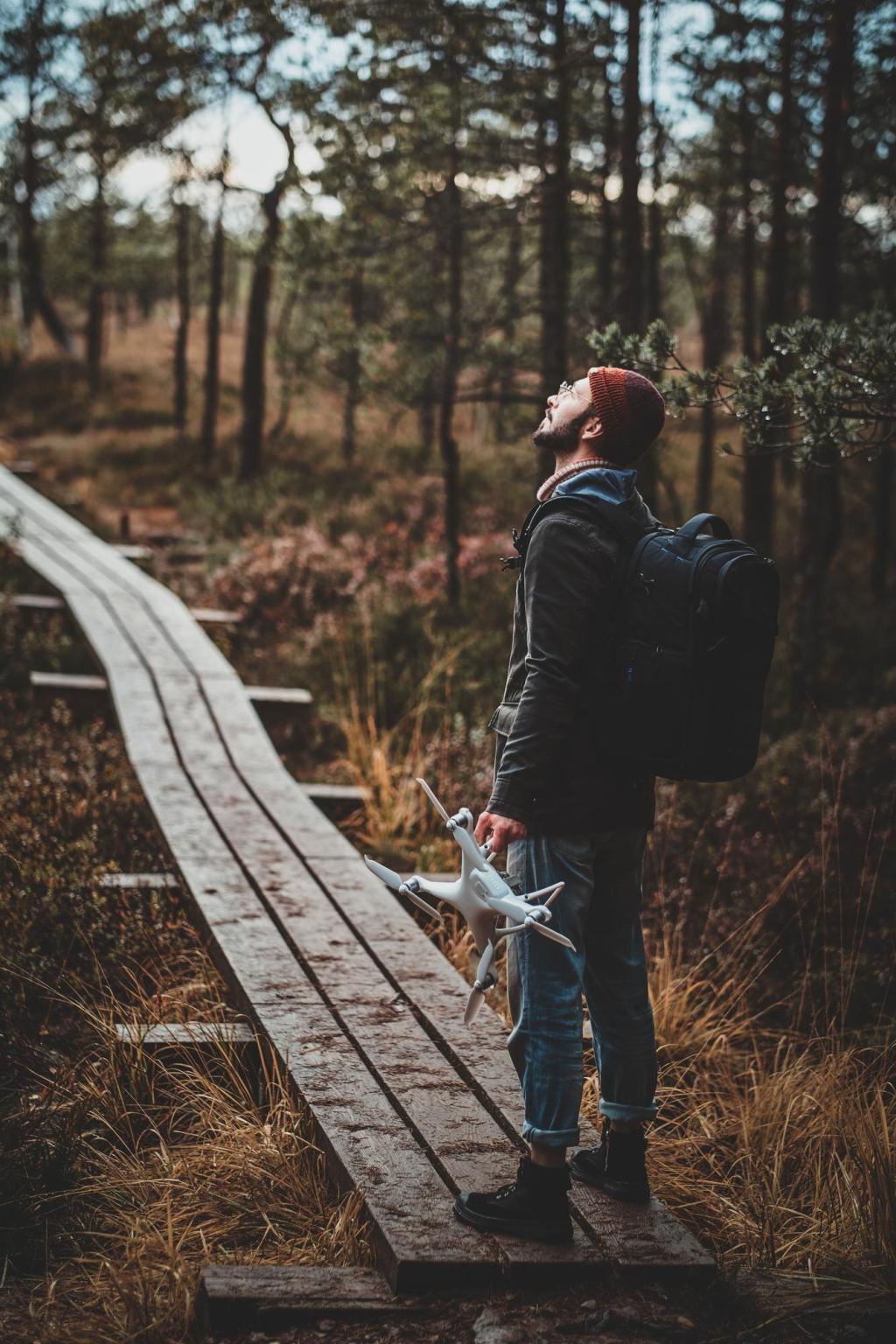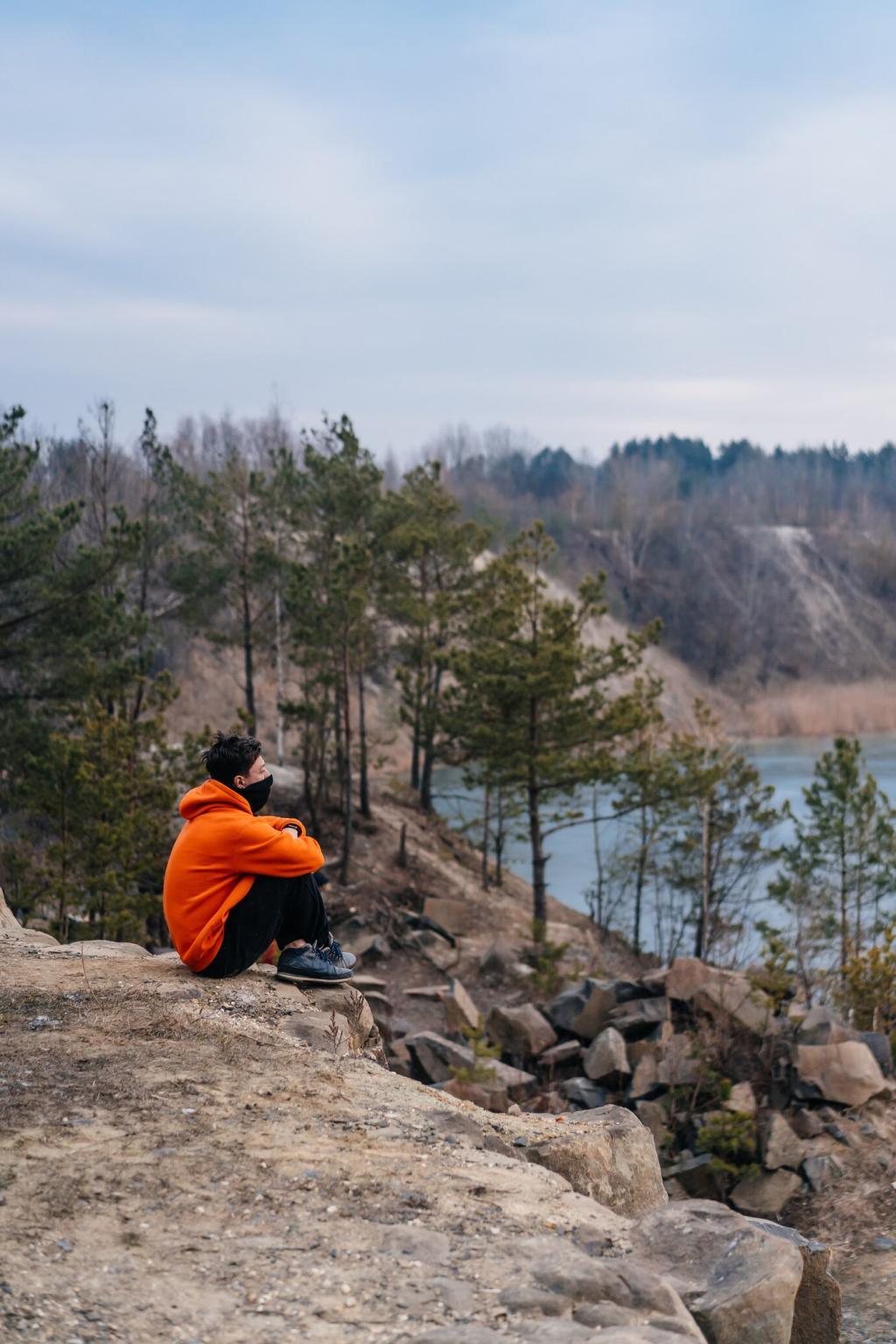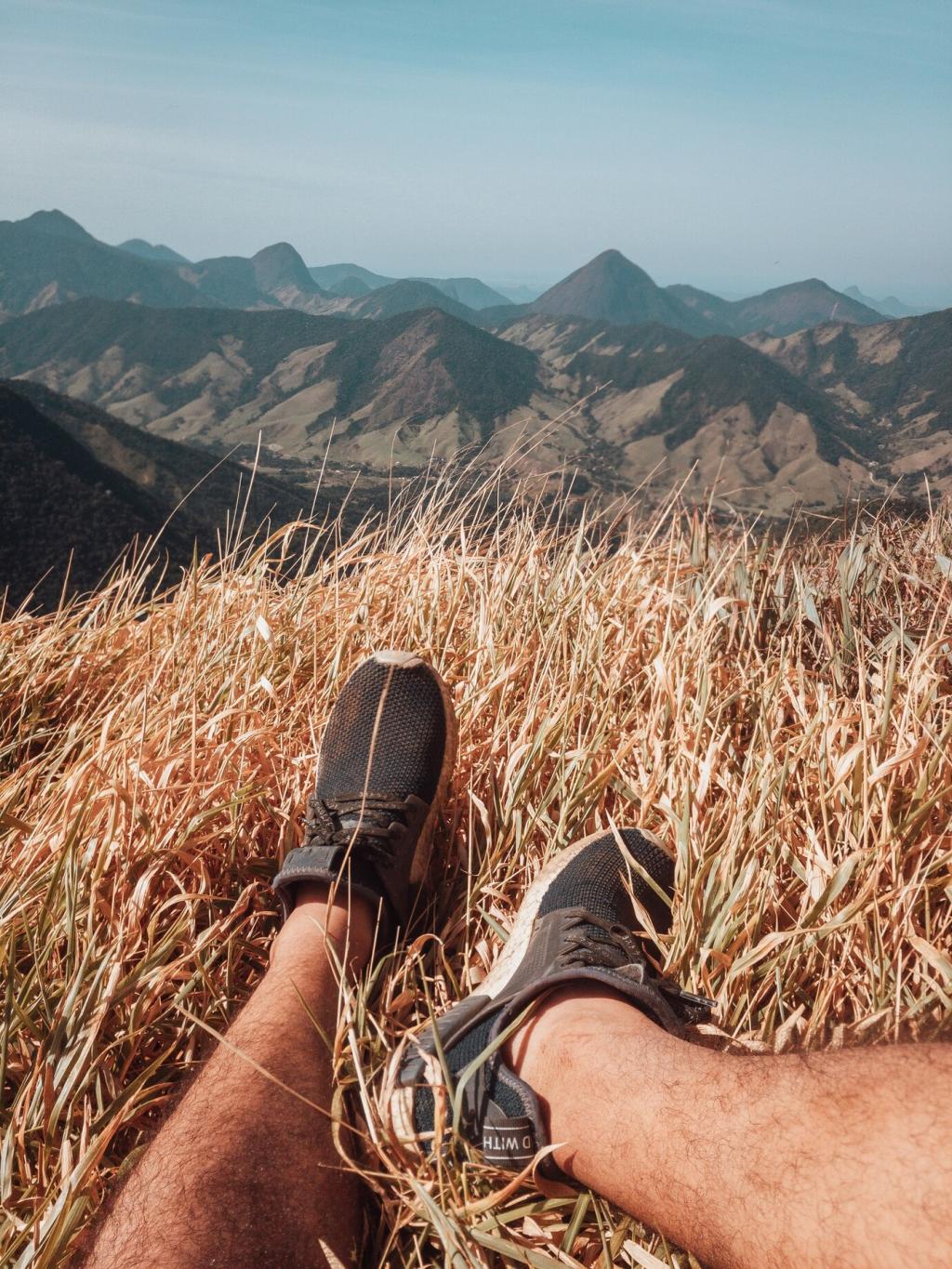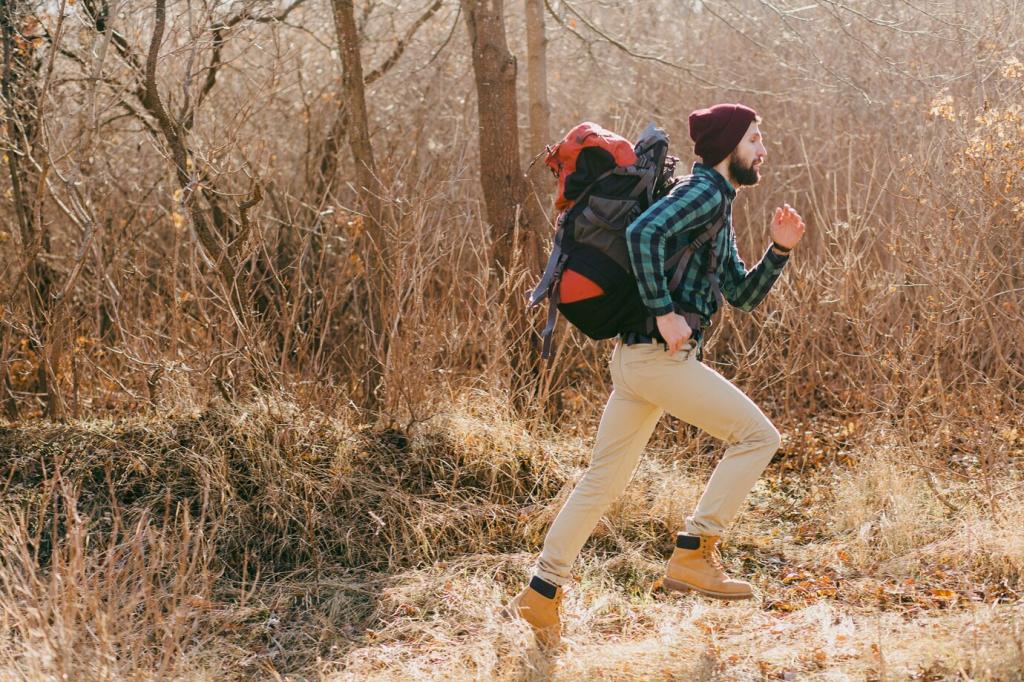Capturing Scenic Landscapes in National Parks
Chosen theme: Capturing Scenic Landscapes in National Parks. Step into the wild with a photographer’s eye, where granite walls, alpine meadows, and tide-sculpted shores become luminous stories of light, weather, and wonder. Join us, share your favorite park vistas, and subscribe for future field notes.
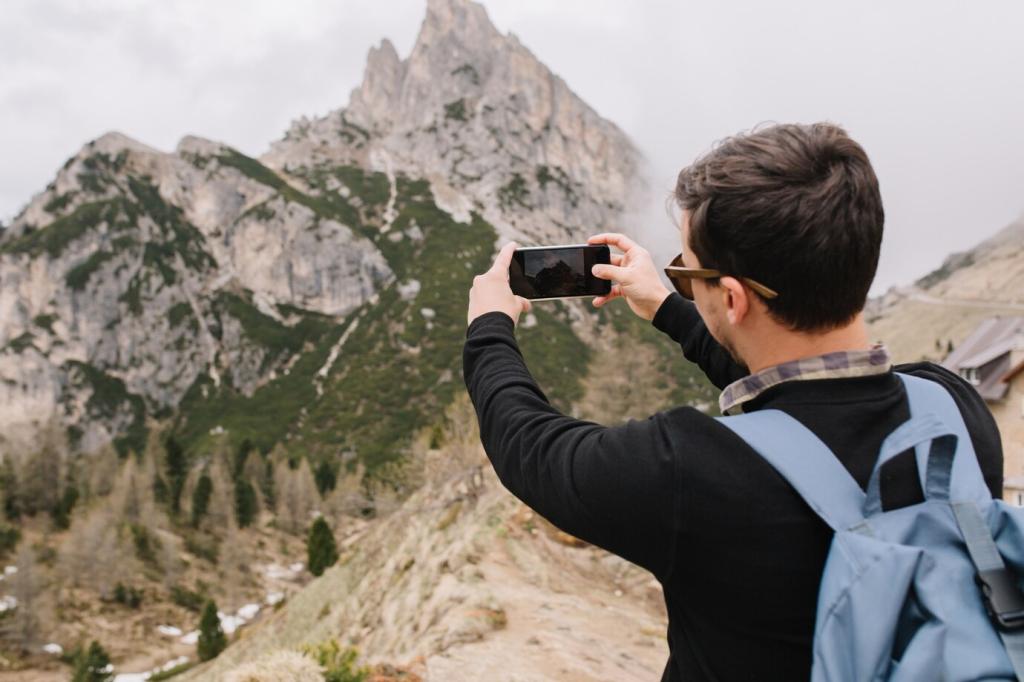

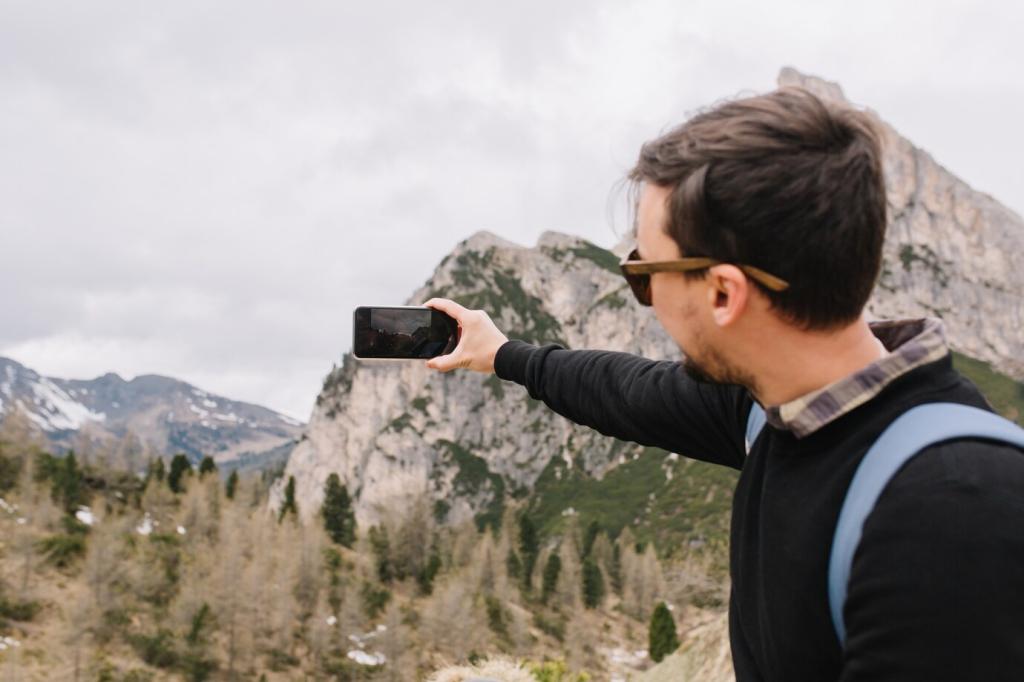

Compose the Vast: Foregrounds, Layers, and Leading Lines
01
Wildflowers, driftwood, patterned ice, or a lichen-painted boulder can ground viewers inside your scene. In Acadia after rain, a tide pool mirrored pink clouds—small detail, big emotion, and a perfect invitation to linger.
02
Use switchbacks, river bends, and fallen logs to guide the eye. A sinuous boardwalk in the Everglades draws attention toward storm-building skies, turning simple geometry into anticipation and a natural narrative arc.
03
Stack elements—grasses, trees, buttes, distant ranges—to create atmospheric depth. Light haze can separate tonal layers beautifully; share a layered scene from your last hike and what detail first caught your breath.
Weather and Season: Chasing Drama Without Losing Safety
Snowmelt thickens rivers and ignites waterfalls. Pack a microfiber cloth for mist, a sturdy tripod, and neutral density filters for silky motion. Share your favorite spring cascade and the shutter speed that nailed its mood.
Weather and Season: Chasing Drama Without Losing Safety
Thunderheads sculpt unforgettable skylines. Keep distance from lightning, shelter quickly, and compose from safe vantage points. Storm light can swing from ominous to transcendent within minutes—comment with your best storm-chasing lesson learned.
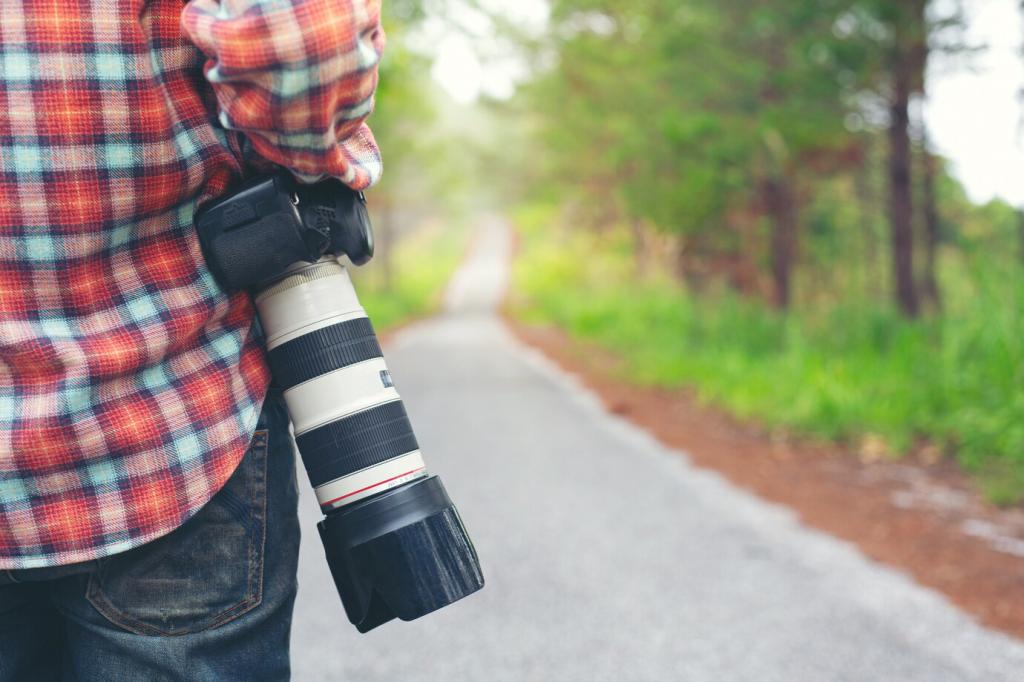
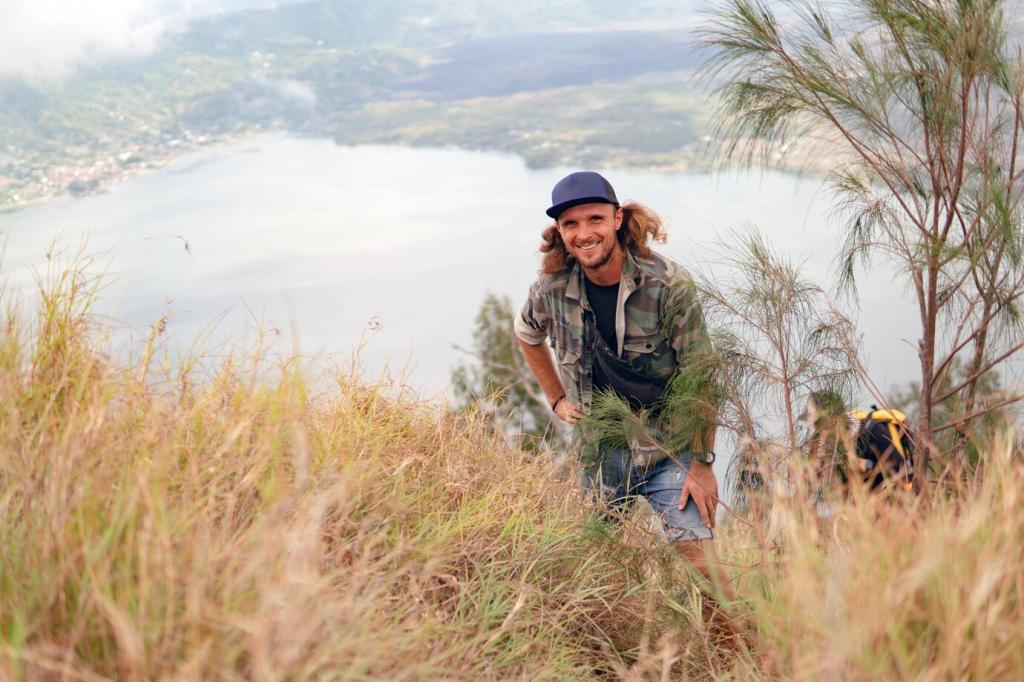
Ethics on the Trail: Leave No Trace with a Photographer’s Mind

Stay on Durable Surfaces and Respect Closures
Footsteps matter. Cryptobiotic crust, alpine tundra, and delicate dunes recover slowly. Compose from trails, rocks, or boardwalks; let restrictions sharpen creativity, and share how you reframed a shot to keep habitat safe.
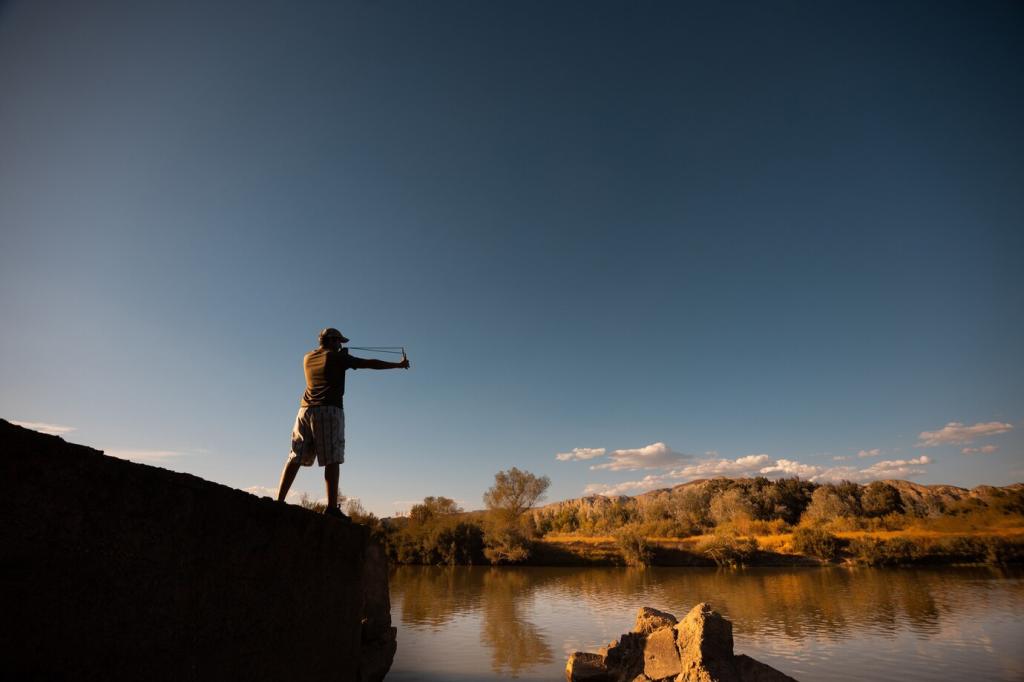
Wildlife Distance and Long-Lens Storytelling
Use telephoto lenses and observe recommended distances to avoid stress. A distant elk framed by morning fog can be more powerful than a close approach—invite readers to reflect on moments when restraint made the image.

Cultural Respect and Quiet Voices
Some overlooks hold sacred meaning. Research before visiting, listen on-site, and avoid geotagging sensitive locations. Tell us how you credit communities and histories when captioning a beloved national park landscape.
Gear and Field Workflow: Light, Reliable, Ready
Tripods, Filters, and Stability in the Elements
Choose a lightweight yet sturdy tripod, use a remote release, and add a polarizer for glare control. Graduated filters can tame horizons; share how you balance exposure without losing delicate highlight detail.
